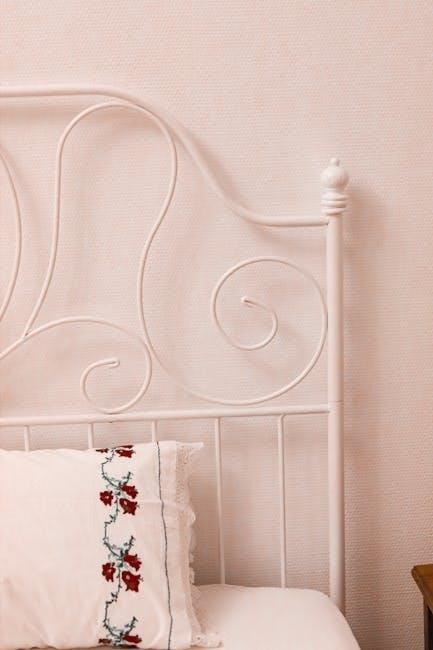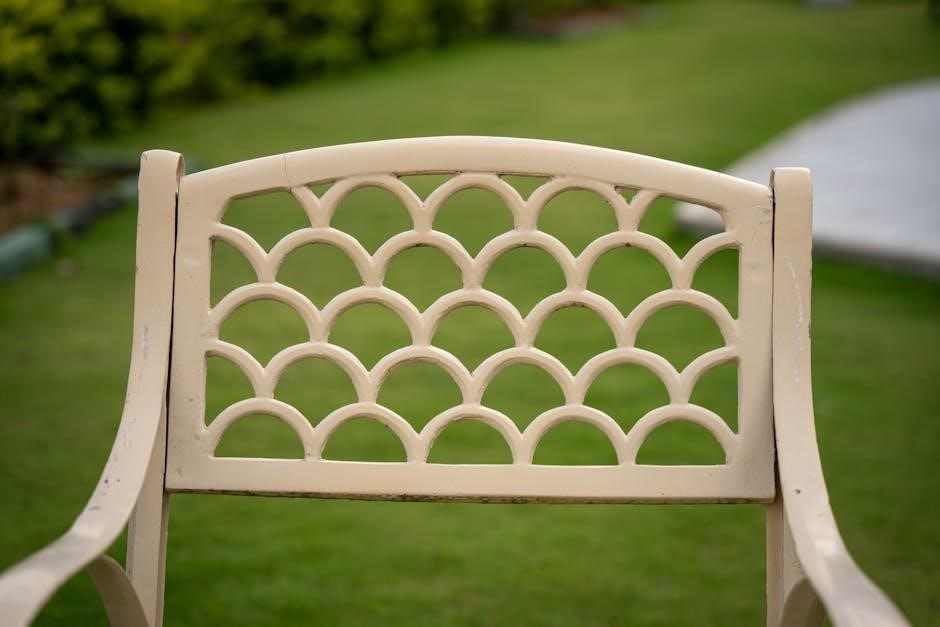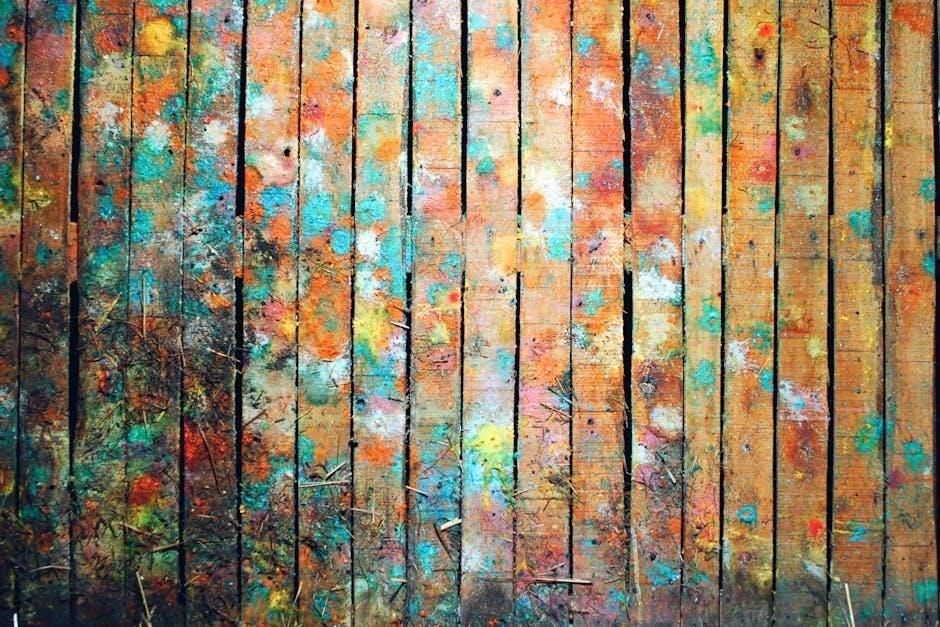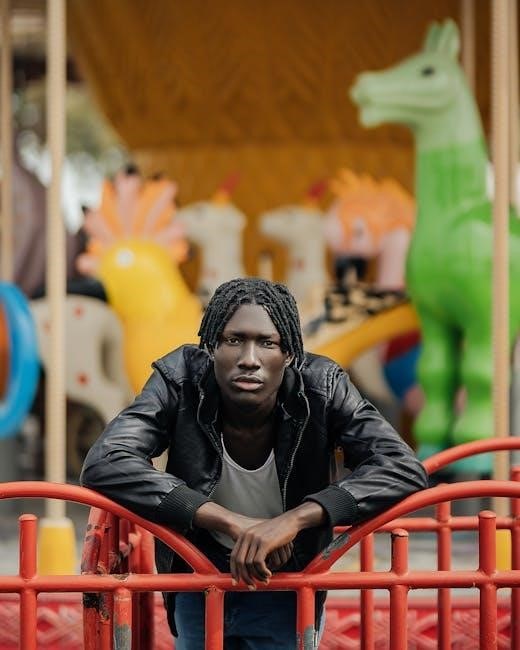Burrito Pillowcase Pattern: A Comprehensive Guide
Dive into the delightful world of crafting with our comprehensive guide to the Burrito Pillowcase method! This technique allows you to create beautiful pillowcases with enclosed seams, giving a professional finish. It’s fun and easy.
The Burrito Pillowcase method is a clever and efficient sewing technique for creating pillowcases with a professional, clean finish. This method cleverly encases all raw edges within the seams, resulting in a durable and aesthetically pleasing product. Ideal for both beginners and experienced sewists, the burrito method simplifies the process of pillowcase construction. It minimizes the need for extensive finishing techniques.
The technique gets its name from the way the fabric is rolled up, resembling a burrito before being sewn together. This unique approach ensures that all seams are neatly tucked away. This prevents fraying and adds to the overall longevity of the pillowcase. It’s a quick, easy, and satisfying project.
Materials Needed
To embark on your Burrito Pillowcase journey, gather your essential materials. These include your chosen fabrics, thread, scissors, a sewing machine, and an iron for pressing seams.
Fabric Requirements for Standard, Queen, and King Sizes
The quantity of fabric needed depends on the pillowcase size. For a standard pillowcase, you’ll typically require approximately 3/4 yard for the main body and 1/3 yard for the cuff. A trim piece, if desired, needs about 1/8 yard. Queen-sized pillowcases generally need slightly more fabric, around 7/8 yard for the body and the same amount for the cuff and trim. King-size pillowcases will require the most, usually 1 yard for the main body. Always pre-wash your fabric to prevent shrinkage. Adjust measurements according to the specific pattern you’re using and any desired seam allowances. Ensure you have enough fabric to accommodate directional prints, if applicable.
Optional Trim Fabric
Adding a trim to your burrito pillowcase provides an opportunity to introduce contrast and visual interest. A small strip of fabric, typically around 2 to 4 inches wide, can be used as an accent between the main body and the cuff. Consider using a complementary color or pattern to enhance the overall design. When selecting your trim fabric, ensure it coordinates well with both the main body and cuff fabrics in terms of weight and texture. Pre-washing the trim fabric is essential to avoid any differential shrinkage after the pillowcase is completed. Experiment with different trim widths and fabric types to create unique and personalized pillowcases.

Cutting the Fabric
Accurate fabric cutting is crucial for a well-constructed burrito pillowcase. Precise measurements ensure the finished product fits standard pillow sizes and maintains a neat, professional appearance. Double-check your dimensions before cutting.
Body, Cuff, and Trim Dimensions
For a standard-size pillowcase, the main body fabric should measure approximately 27 inches by 43 inches. The cuff fabric, which adds a decorative edge, typically requires dimensions of 12 inches by 43 inches; If you choose to incorporate a trim piece for extra flair, cut it to about 2 inches by 43 inches.
Remember to adjust these measurements for queen or king-size pillowcases. Always pre-wash your fabrics to prevent shrinkage and ensure accurate sizing in the final product. Precise cutting following these dimensions will ensure a well-fitted and professional-looking pillowcase using the burrito method. Careful attention to these measurements is key!

The Burrito Method: Step-by-Step Instructions
Follow our clear, step-by-step guide to master the burrito pillowcase method! Learn to layer, roll, and sew your fabric to create a beautiful, professionally finished pillowcase with hidden seams.
Layering the Fabrics
Begin by laying your chosen cuff fabric right side up on a flat surface, ensuring it’s smooth and wrinkle-free. Next, position the main pillowcase fabric on top of the cuff, also right side up, carefully aligning the raw edges along one side. This alignment is crucial for a clean seam. If you’re using a trim piece, place it on top of the main fabric, again matching the raw edges.
Ensure all layers are perfectly aligned, and the edges are flush. This careful layering is the foundation of the burrito method and contributes significantly to the final look of your pillowcase. Smooth out any wrinkles or bubbles.
Rolling the “Burrito”
Now, for the fun part: creating the “burrito”! Starting from the bottom edge of the main fabric, begin to tightly roll the fabric upwards, forming a compact tube or “burrito.” Roll towards the center of the cuff fabric, ensuring the roll is even and consistent in thickness. The goal is to encase the majority of the main fabric within this roll, leaving only a portion of the cuff fabric exposed.
This rolling process is key to achieving the enclosed seams. Continue rolling until you’re nearing the edge of the cuff, preparing it for the next step. Be precise in your rolling.
Sewing the Seam
Carefully align the raw edges of all fabric layers, ensuring the rolled “burrito” remains intact. Pin along this edge to secure all layers together, preventing shifting during sewing. Using a sewing machine, stitch along the pinned edge with a ½-inch seam allowance. Backstitch at the beginning and end of the seam to reinforce it.
Once the seam is sewn, gently pull the “burrito” through the opening. This step can feel a bit like magic as the pillowcase begins to take shape. Press the seam flat to create a crisp edge. This will set the seam nicely.

Finishing Techniques
Elevate your pillowcase with professional finishing techniques! Explore options like French seams for a clean interior, or serging edges for a faster, durable finish. These touches ensure a long-lasting and beautiful result.
French Seams for a Professional Look
Achieve a polished, professional finish with French seams! This technique encases all raw edges within the seam allowance, creating a durable and clean interior. Begin by sewing a first seam with wrong sides together, using a narrow seam allowance, approximately 1/4 inch. Trim this seam allowance close to the stitching. Next, press the seam open and then fold the fabric with right sides together, encasing the previous seam inside. Sew another seam, slightly wider than the first, ensuring that the raw edges are completely enclosed. This method eliminates fraying and gives your pillowcase a high-quality, lasting finish.
Serging the Edges
For a quicker and equally effective method of finishing your burrito pillowcase, consider serging the edges. A serger overlocks the raw edges of the fabric, preventing fraying and creating a clean, professional finish. After sewing the main seam of the pillowcase, use a serger to overcast the raw edges of the seam allowance. This technique is especially useful for fabrics that tend to fray easily. If you don’t have a serger, a zigzag stitch on a regular sewing machine can mimic a similar effect, though it may not be as durable or neat as a serged edge.

Customization and Variations
Unleash your creativity! The burrito pillowcase method offers endless possibilities for customization. Experiment with various fabrics, trims, and embellishments to create unique pillowcases that reflect your personal style. Let your imagination run wild!
Using Directional Fabrics
Working with directional fabrics in a burrito pillowcase requires a bit more attention to detail. Unlike non-directional fabrics, directional prints have a clear “up” and “down.” When cutting your fabric pieces, ensure that the design is oriented correctly on both the main body and the cuff. This prevents upside-down images or mismatched patterns.
Carefully consider the placement of the directional print, especially on the cuff, as it will be prominently displayed. You might need slightly more fabric to accommodate pattern matching and ensure a cohesive look. A test layout before cutting is always a great idea! Double-check everything.
Adding Embellishments
Elevate your burrito pillowcase from simple to stunning by adding embellishments! Consider incorporating lace, rickrack, pom-pom trim, or decorative stitching along the cuff seam. Appliqués, embroidery, or fabric paint can also personalize your project. For a touch of elegance, try adding piping between the cuff and main body fabrics.
Before attaching any embellishments, ensure they are washable and colorfast to maintain the pillowcase’s longevity. Securely sew or adhere embellishments to prevent them from detaching during use or washing. Experiment with different textures and colors to create a unique and eye-catching design that reflects your style and creativity.
